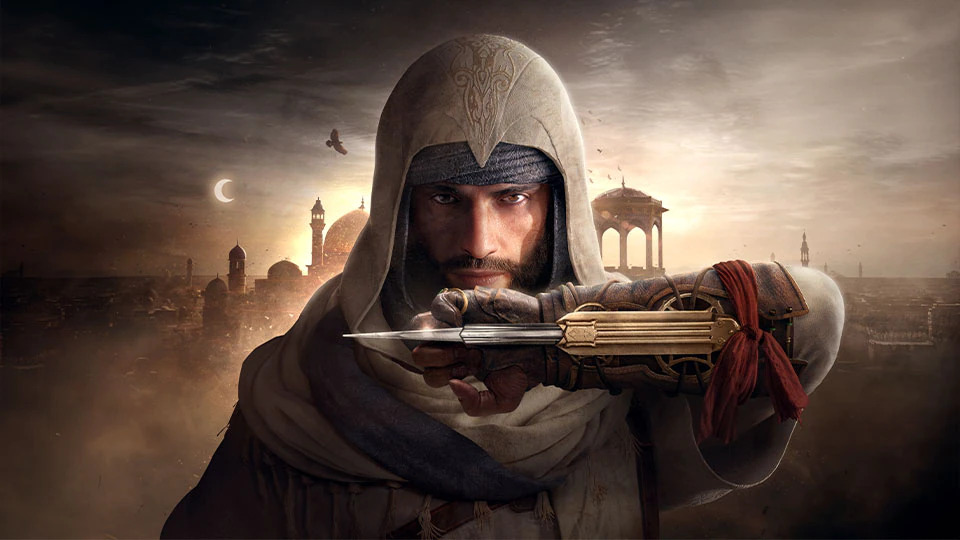History & Heritage
3.3.2023
Video Games: Assassin’s Creed returns to the Middle East, but who were the Hashashin really?

The iconic saga created by Ubisoft returns to the Middle East, the playground of its first opus, Assassin’s Creed, released in 2007 on PlayStation 3, Xbox 360, Microsoft Windows and MacOS. This is an opportunity to delve into the true history of the Hashashin, a mysterious sect that operated between the 11th and 13th centuries in the region.
New edition in Iraq
The latest addition, called Assassin’s Creed: Mirage, is set in 9th-century Abbasid Caliphate-era Iraq and offers players a vivid portrayal of life in the city of Samarra, in one of the most powerful empires of the medieval Islamic world.
Playing as the Iraqi Assassin Basim Ibn Ishaq, gamers will explore the intricate social and political structures of the Abbasid Caliphate, interact with historical figures, and engage in thrilling quests that shed light on the intrigues and power struggles of the time.
But the enigmatic realm of Assassin’s Creed is not entirely fictional. The franchise draws inspiration from the tales of a real historical organization that once operated across the Middle East: the Hashashin. In fact, the first edition of the Assassin’s Creed was set in the Middle East during the Third Crusade, when the real Order of the Hashashin was at its peak.
Voir cette publication sur Instagram
Who were the Hashashin?
The Hashashin, or the Order of the Assassins, were a surreptitious sect of Ismaili Shia Muslims that operated during the 11th to the 13th century in the Middle East. They were notorious for their strategic use of stealth and assassination as a means of eliminating their adversaries. Their appellation, “Hashashin” stems from the Arabic term “Hashishiyyin” which means “Users of Hashish”, alluding to the belief that they utilized the drug to induce euphoria before embarking on their lethal missions.
Their origins date back to the early 11th century, when a charismatic religious leader, called Hassan-i Sabbah founded the orders of Alamut, in the mountains of northern Persia by the Caspian sea. He established a network of fortresses and secret agents throughout the Middle East. The order’s most notorious leader, however, was Rashid ad-Din Sinan, also known as the “Old Man of the Mountains”. He ruled over the order during the 13th century and was said to have controlled a vast network of assassins who carried out his bidding.
The mysterious order’s influence, however, began to decline in the 13th century due to continuous raids by the Mongol Empire, which managed to conquer numerous of their strongholds. They were eventually wiped out by the invading Mongol armies, and the order ceased to exist.
The story of the Hashashin has captivated the Western collective imagination as they were active against the Crusaders in the Levant. The protagonist of Ubisoft’s franchise, Desmond Miles, is a member of the modern-day Assassins, who are locked in a perpetual struggle with their arch-nemeses, the Templars. The game’s narrative ingeniously fits between different epochs in history, allowing players to immerse themselves in crucial moments in the conflict between these two factions. Perhaps the game’s most compelling facet is the juxtaposition between the Assassins’ struggle for autonomy and agency that’s antithetical to the Templars’ quest for domination. The conflict between these two is the crux of the game’s narrative, imparting a complex and resonant background for the player’s adventures

An assassination attempt by one of the Hashashin on King Edward I
Source: Gustave Doré
popular

